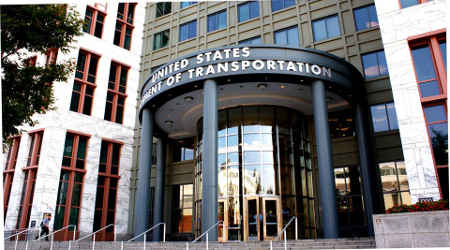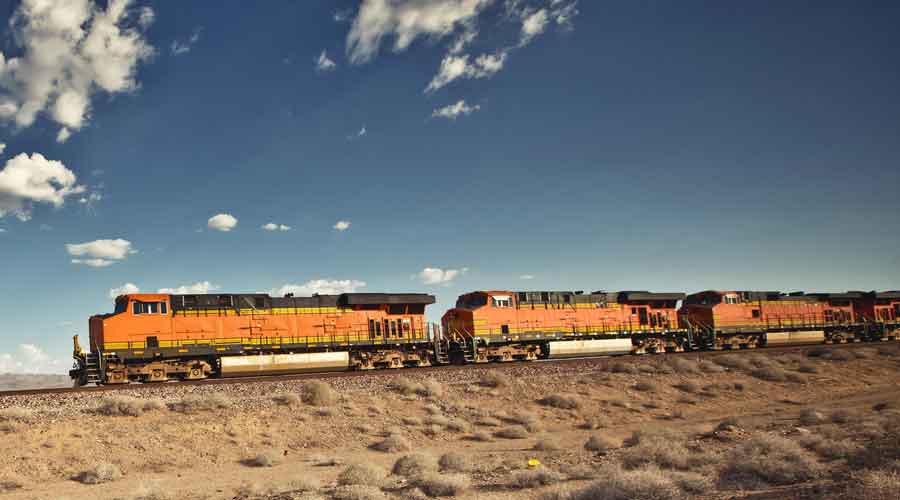Stay updated on news, articles and information for the rail industry
9/25/2017
Rail News: Federal Legislation & Regulation
USDOT publishes first report on tank-car fleet composition

The U.S. Department of Transportation (USDOT) has unveiled its first report on data measuring the rail industry's progress in manufacturing and modifying rail cars that transport flammable liquids.
Prepared by the department's Bureau of Transportation Statistics, the report is required under the Fixing America's Surface Transportation (FAST) Act of 2015. The bureau prepared the report in coordination with the Pipeline and Hazardous Materials Safety Administration.
The FAST Act calls for the department to collect data on the number of tank cars that have been built or modified to meet higher safety standards for the transportation of flammable liquids such as crude oil.
Congress has mandated the rail industry to phase out the use of DOT-111 rail cars for carrying hazardous materials or flammable liquids. The National Transportation Safety Board has called for replacing DOT-111 tank cars with DOT-117 cars as soon as possible.
At the end of 2016, 9 percent of the tank cars used to transport class 3 flammable liquids met the new safety standards, up from 2 percent in 2015, according to the new report, "Fleet Composition of Rail Tank Cars that Transport Flammable Liquids: 2013-2016."
Eighty-nine percent of the newer model DOT-117s and DOT-117Rs were used to carry crude oil and ethanol.
The report also noted that the increase in newer tank cars used to transport flammable materials coincided with a reduction in the number of tank cars needed to carry crude oil due to market forces and an overall reduction in the number of rail tank cars carrying flammable liquids.
Moreover, the bureau found:
• In 2016, 81,027 tank cars were used to transport class 3 flammable liquids. A majority (53 percent) were non-jacketed DOT-111 cars; followed by the non-jacketed CPC-1232 cars (15 percent); and jacketed CPC-1232 cars (10 percent).
• The percentage of non-jacketed DOT-111 cars carrying crude oil declined from 25 percent in 2013 to less than 1 percent in 2016.
• The percentage of non-jacketed DOT-111s carrying ethanol increased from 46 percent in 2013 to 65 percent in 2016.
• The percentage of jacketed CPC-1232 cars used for transporting crude oil fell from 87 percent to 65 percent between 2013 and 2016, while the percentage of non-jacketed CPC-1232 cars used for carrying ethanol rose from 3 percent to 20 percent during the period.
• Among the fleet of rail tank cars that meet the DOT-117 specification, 70 percent are new and 30 percent have been retrofitted.
Contact Progressive Railroading editorial staff.


 LRW Honors Amtrak’s Acheson As Railway Woman Of The Year
LRW Honors Amtrak’s Acheson As Railway Woman Of The Year
 From Editor-In-Chief Foran: Of Gender Equity And Inclusion
From Editor-In-Chief Foran: Of Gender Equity And Inclusion
 Spotlight On Some Of Today’s Rail Safety Products
Spotlight On Some Of Today’s Rail Safety Products
 Women of Influence in Rail eBook
Women of Influence in Rail eBook
 railPrime
railPrime







